To promote foot mobility after an injury, massage, physical therapy, stretching, specific exercises, ankle braces, and good nutrition are all necessary for faster recovery.

- Orthotics for clubfoot
- Different types of products
- What to use
- characteristics
- Not sure about your choice?
- News
- What treatments are used to treat the musculoskeletal system?
- We recommend reading
- Treatment
- Treatment
- T-8615 Ankle Brace for Clubfoot
- Treatment of thigh muscle injuries
- Rehabilitation and recovery after a hip injury
Orthotics for clubfoot
Clubfoot is a disorder of the ankle that prevents the foot from moving up and down. It does not arise spontaneously, but is a consequence of other factors. The causes of this condition can range from possible problems with the muscles or central nervous system to injury to the joint itself and surrounding soft tissues, brain or spine. Congenital foot pathologies can also be present, but acquired forms are more common. This puts extra stress on the knees and hips, resulting in a persistent gait deformity that resembles a horse's gait (hence the second name equine foot syndrome). Special shoe inserts help reduce the severity of symptoms and prevent complications.
- In post-stroke rehabilitation with limited mobility;
- with chronic ankle instability, weak ligaments and untreated injuries;
- with congenital anomalies of the lower limbs;
- after surgical interventions on the foot;
- Injuries to the ankle with partial or complete rupture of ligaments, tendons and muscles;
- Complications of ankle and sciatic neuritis;
- In the treatment of inflammatory degenerative diseases of the musculoskeletal system - arthritis, arthrosis;
- Various forms of paresis and paralysis, including flaccid paralysis of the foot;
- After an ankle arthroplasty;
- To reduce the load on the joint during intensive sports training, heavy physical work and long hikes.
The ankle orthosis is also used for all diseases that impair the function of the ankle – spinal injuries, cerebral palsy, spinal arthrosis (spondylarthrosis) and intervertebral fractures.
A properly fitted orthosis not only relieves pain and inflammation, but also prevents further deformation of the joint.
Different types of products
The standard type of rail consists of two parts:
- The pad – usually in the form of a cushioning insole that precisely follows the curves of the arch of the foot. It supports the entire structure and keeps the foot in an anatomically correct position.
- Splints - they firmly enclose the shin and protect the ankle from behind.
These devices may have additional components such as straps and other fasteners.
The design of the orthoses largely depends on the function of the particular model. However, it is not advisable to select the orthosis yourself, as only the doctor can assess the condition of the ankle and determine how the orthosis is to be worn.
One of the main criteria for choosing an orthosis is the degree of rigidity, which is determined by the stage of development of the pathology:
- Soft versions are prescribed for mild abnormalities or for prophylactic purposes.
- For moderate foot pathologies, semi-rigid insoles can be used.
- After severe injuries, the joint must be completely immobilized. Rigid orthoses can take over this task.
When choosing an orthosis, the material from which it is made is important. Fixators are made of elastic fabric, neoprene or silicone, for example.
Among the traditional orthopedic products used to support clubfoot, modern orthotics made of low-temperature plastic are gaining in popularity. They are made from environmentally friendly raw materials, making them ideal for people with very sensitive skin. They are light and comfortable to wear and are characterized by their durability and aesthetic appearance.
What to use
Plastic orthoses are not recommended for poor circulation or swelling.
They are an emergency orthosis for people with Charcot-Marie-Tooth disease (CMT). It is an orthosis for the ankle. Their use reduces leg pain and improves gait. The patient gains a sense of balance and stability.
The Spanish brand Orliman has a very good reputation as a manufacturer of orthotics for clubfoot.
characteristics
The product has a unique design. The dynamic fixation ensures correct elevation of the foot and plantar flexion in the heel area during the lifting phase of the foot from the ground. This ensures correct dynamic fixation, making walking easier and reducing pressure on the knee joint and foot. The product is suitable for all shoes. There is no need to buy new special shoes.
Your doctor will help you decide which braces to choose. Our specialists will advise you and suggest which is the better choice. Remember to measure the height needed for fitting, the size of your foot and the circumference above the ankle. Should you require further dimensions and data, our managers will be happy to provide you with advice and assistance.
Not sure about your choice?
Our advisors will be happy to help you choose your insoles.
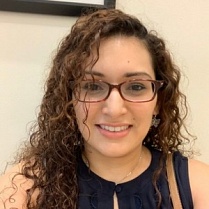
Maria Lavrova
Medical education at Voronezh State Medical University nd NN Burdenko. NN Burdenko
Has been working with Orliman products since 2012, last training in Orliman products in 2018
'I like my job and the company I work for. The selection of orthopedic products gives me great pleasure!'.

Ivannikova Arina Stanislavovna
Medical education at the Pirogov Russian National Scientific Medical University in 2010.
Has been working with Orliman products since 2017, last training with Orliman products in 2018.
'My first year in this call center has been nothing but joy. I do my job with quality and responsibility.'
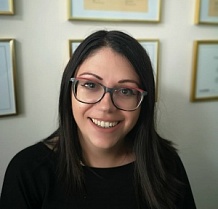
Ivanchenko Kristina Yaroslavovna
Medical Diploma of Izhevsk State Medical Academy in 2009.
Has been working with Orliman products since 2013, last training with Orliman products in 2018
'A great job that brings nothing but joy. I don't regret becoming an orthopedic tailor. I really enjoy helping people!'.

Alina Ivanovna Mironova
Medical education at Tverskoy State Medical University in 2011.
News
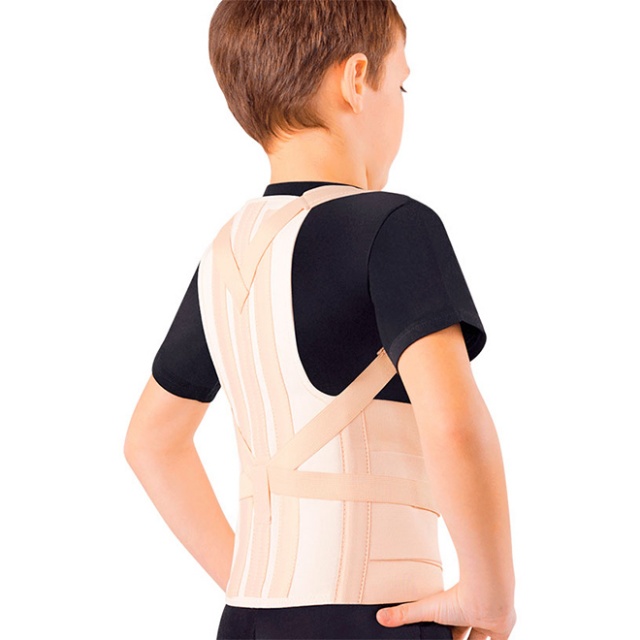
Children's lumbosacral orthosis - a product for the treatment of curvatures.
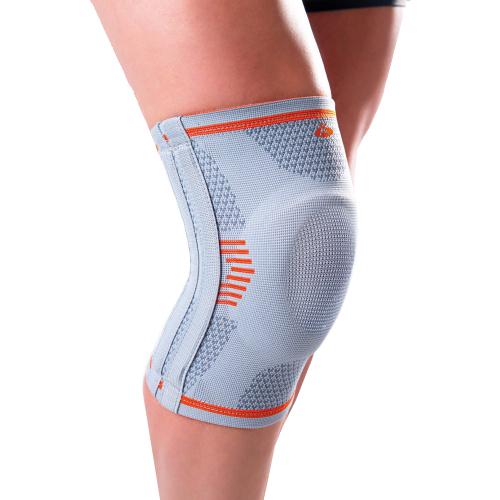
Learn how to keep your knee joints healthy.
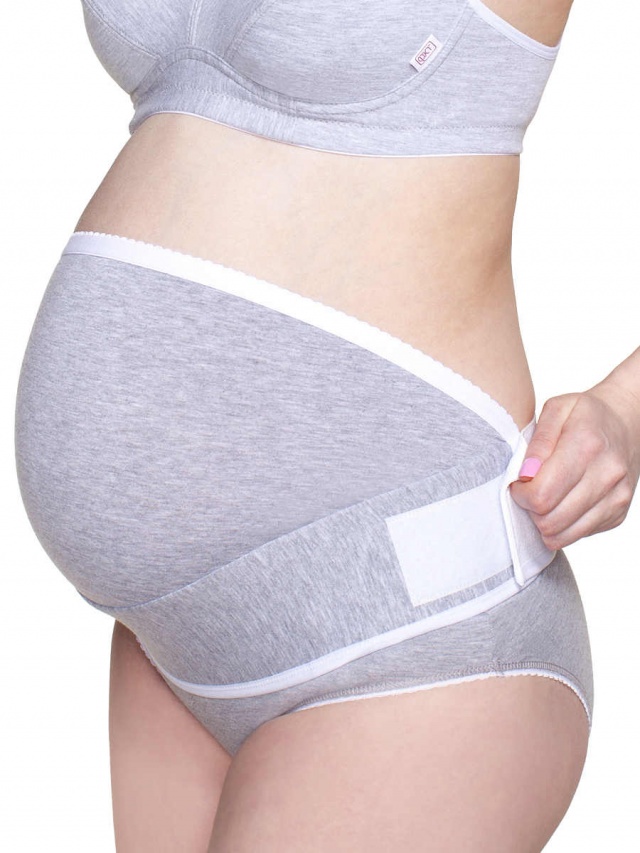
What models of prenatal dressings are there?
What treatments are used to treat the musculoskeletal system?
To prevent sagging feet early on, you should seek out good massage therapists who are highly qualified. They help improve blood circulation and body processes.
If there are no contraindications, therapeutic exercises should be performed. This also has a positive effect on the functioning of many other organs and reduces the pressure on the heart.
Physiotherapy is also useful, and if you wish, you should speak to a psychologist and work through your doubts.
That is the approach of the Lago Naki Sanatorium. The specialists working here select an individual treatment package for each guest.
We recommend reading

Unsaturated fatty acids not only supply the body with 'good' cholesterol, the high-density lipoprotein (HDL), but also permanently reduce the level of the harmful low-density lipoprotein (LDL) with its help. That is, if you eat something that contains saturated fats, should it also contain unsaturated fats at the same time, then the 'good' fat will overcome the 'bad' fat!

March 21, 2023.
List of foods that are good for diabetics
WIKI recipes to help you control your diabetes 24 hours a day. It's healthy and right for you. So, let's continue...
More and more people around the world are being diagnosed with diabetes. However, that doesn't mean you're doomed to become diabetic. According to the World Diabetes Foundation, up to 80 % of type 2 diabetes cases can be prevented through healthy eating, increased physical activity, and our general commitment to a better environment. Shifting to a healthy diet can start with a list of powerful nutrients that help stabilize blood sugar levels and make diabetes easier to manage.

March 20, 2023.
market.yandex.ru ADVERTISEMENT Healthy eating: nibble on vitamins
You certainly want your children's diet to consist of only healthy foods. Most children eat what is available to them - what their eyes can see and what their hands can grasp. And while they may nibble at first, don't give them… chocolates and lollipops…. but – start putting them in! Be smart, put vases with fruit in the most visible places.
Treatment
Massages, physiotherapy and physiotherapy are recommended for mild symptoms. Wearing orthopedic shoes and ankle braces is also recommended. If the disease is more severe, distraction and compression corsets are used and plaster casts are applied gradually. If the disease is advanced, surgery is suggested. After the operation, the leg is immobilized with a plaster cast for 1 to 3 months, after which orthotics are used. Further treatment consists of massage, physical therapy, physiotherapy, hydrokinesitherapy and wearing orthopedic shoes to achieve a correct gait.
The orthosis for clubfoot and flaccid paralysis consists of an immobilizing splint and a footrest. The splint is applied to the posterior ankle, the other, in most types, fully conforms to the anatomical silhouette of the ankle, sole and instep and fixes them in their physiological position. Products are made of thin, durable material or fragile plastic with padded pads, straps, or tape attachments. They can be easily adapted to any footwear, are easy to care for and are worn over a cotton sock without any tools.
For conditions requiring total ankle immobilization, orthotics are used with a shoe replacement device. With concomitant arthritis or arthrosis, soft sacral bandages are prescribed, which activate tissue trophism and have a micromassaging and warming effect. They reduce swelling and improve lymphatic drainage.
Treatment
In the light form, massages and special exercises are sufficient for treatment. Wearing orthopedic shoes and ankle braces is recommended. Orthotics are useful in that they help lift the foot and limit the angle of flexion of the sole. In the event of paralysis, they help restore the physiological function of the foot, as well as the function of the thrust. Walking is much easier and faster.
In the case of more severe diseases, distraction and compression bandages are used in therapy and special plaster casts are applied.
In particularly severe cases, surgery is performed. Recovery takes 1-3 months, after which the cast is removed and an orthosis is fitted. After this time, the cast is removed and an orthosis fitted.
T-8615 Ankle Brace for Clubfoot

No absolute contraindications were identified.
Relative contraindications, requiring medical advice:
- Need for an individual joint orthosis
- Malignant tumor in the area of the splayfoot orthosis
- Contact dermatitis, trophic ulcers and bedsores in the area of the orthosis
- Allergic reaction to the product materials
The ankle brace should be used as directed and under medical supervision.
Instructions for use for the ankle brace
- Place the foot on the ankle splint with the heel pressed down firmly.
- fasten the bandage to the leg with the Velcro
- additionally secure the foot with a strap over the ankles
- Put your foot in the shoe
If you have any questions about using your ankle brace, consult your doctor.
If you experience pain, discomfort, or any other discomfort while wearing your ankle brace, remove the brace and consult your doctor.
Care instructions:
- Do not wash, we recommend processing in moisture at a temperature not exceeding 30°C
- do not use solvents, bleach or dry cleaning
- Dry away from heaters and direct sunlight
- Store the clubfoot orthosis in a dry place at room temperature
- Avoid high temperatures and direct sunlight
Components for the splayfoot orthosis:
Warranty period 6 months from the date of sale. Shelf life 5 years.
Treatment of thigh muscle injuries
Treatment of a hip injury should always begin with measures to minimize disability. The injured area is treated with cold as quickly as possible. Exposure to cold constricts the small blood vessels and reduces internal bleeding. This examination ensures that the bone is intact and that there are no breaks or fractures.
The extent of treatment for a hamstring injury depends largely on the location and extent of the tissue damage. If it is a fracture or fracture, a plaster cast is applied. When ligaments, tendons, or muscles are torn, surgery is required to restore their integrity. For sprains and bruises, complete physical rest, heat therapy, and nonsteroidal anti-inflammatory ointments are recommended for the first 3 to 4 days. Subsequent rehabilitation is indicated for all types of hip injuries.
If the thigh muscle injury is associated with a severe pain syndrome, pharmacopuncture or, if this is not possible, the administration of painkillers is indicated. In the latter case, however, the dose and frequency of administration should be limited. The maximum duration of such treatment for a thigh muscle injury is three days. If pain persists during this time, the accident surgeon should be consulted urgently to carry out a new examination and adjust the therapy.
Rehabilitation and recovery after a hip injury
Full recovery from a hip injury is only possible with comprehensive rehabilitation. This can be recommended by the accident surgeon. The patient also has the option of independently consulting a chiropractor, osteopath or orthopedist. These specialists develop an individual rehabilitation plan for the period after the injury.
In our chiropractic clinic, rehabilitation after a hip injury is carried out using a holistic approach:
- the doctor identifies possible causes of injuries;
- gives recommendations for eliminating these risk factors;
- develops an individual treatment plan that includes therapeutic exercise, massage, osteopathy, kinesitherapy and a range of other techniques.
If you are in need of rehabilitation after a hip injury, we encourage you to schedule a free consultation with a doctor at our chiropractic clinic. During your first visit you will receive comprehensive information about your rehabilitation options and prospects.
Doctor of Medical Sciences, Chief Physician of the Clinic
Read more:- Complete leg orthosis.
- Overnight orthosis for plantar fasciitis heel spurs.
- hip brace.
- toe pads.
- ribbons for children.
- Foot orthoses for valgus deformities.
- knee joint apparatus.
- Reviews of alloy holders.
